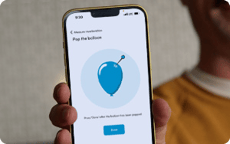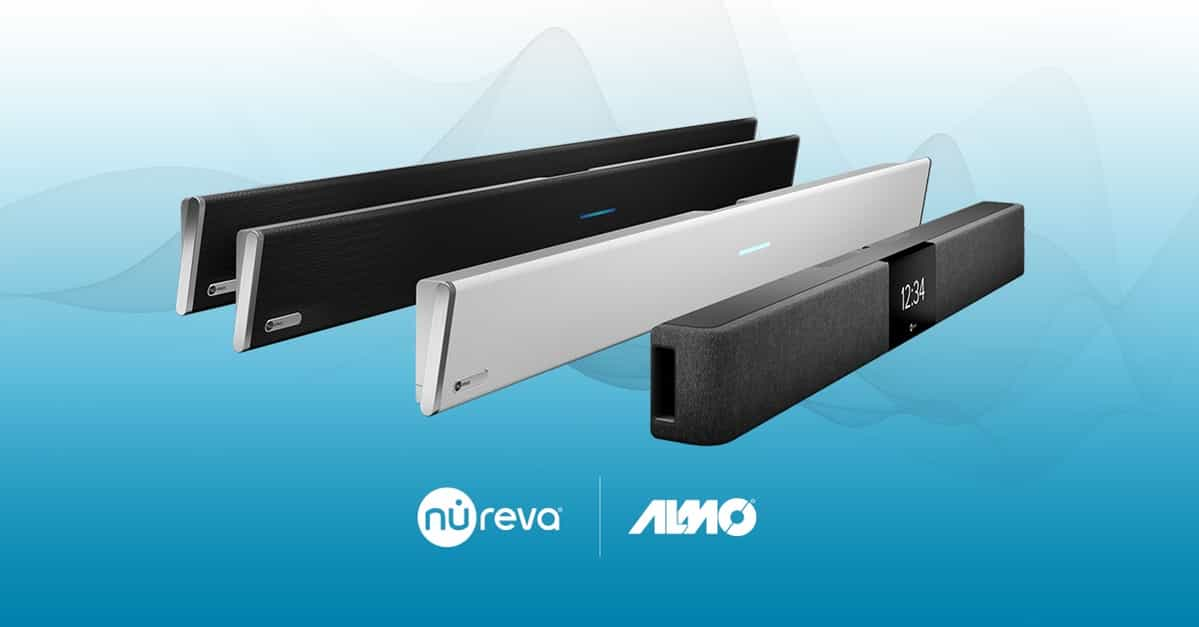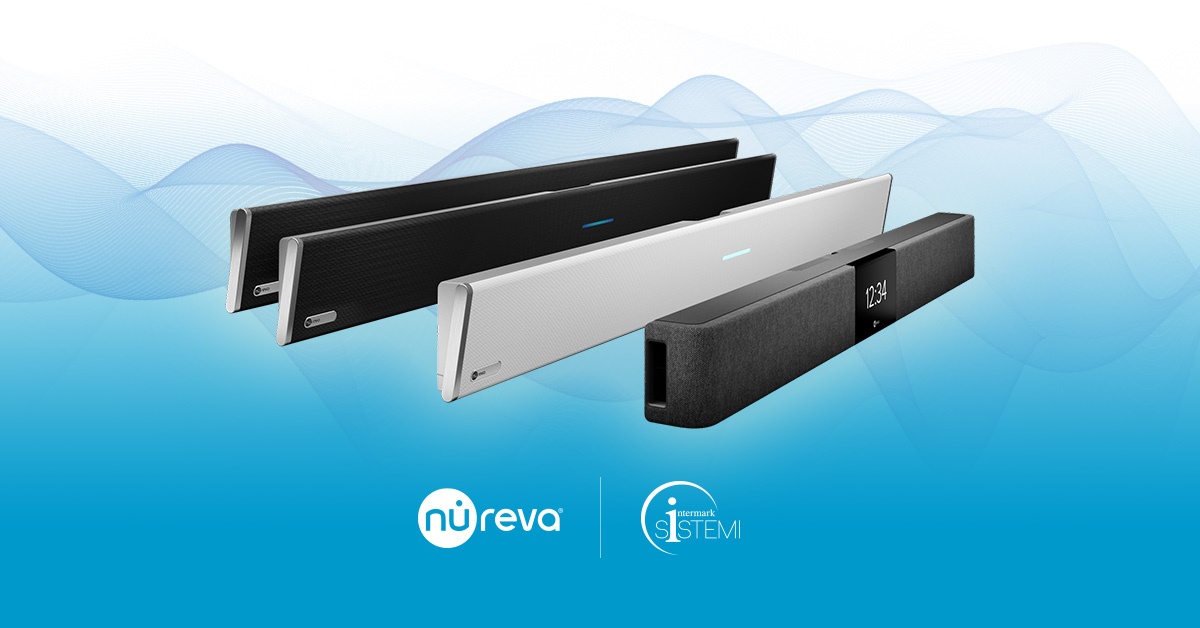Taking the distance out of distance education

Posted by Nancy Knowlton | President and CEO of Nureva Inc. on Apr 6, 2022 6:00:00 AM
There’s no question – postsecondary education is going through a rapid and fundamental change initiated by the pandemic.
In 2020, with so much unknown about COVID-19 transmission, no vaccines and fear of a spreading virus, colleges and universities acted rapidly to keep students and faculty safe. They found ways for students to connect into class from home or their dorm rooms, reducing in-person exposure and transmission and maintaining continuity of education.
But what started as an accommodation to keep students learning has grown into a viable option. Many postsecondary institutions are now broadly considering how to incorporate distance education approaches into their in-person courses. There are many reasons for this move, but most important may be the perspective of students. In one poll, over 68% of them said they would prefer that at least some of their courses offered a combination of in-person and online instruction.
What we learned
Before the pandemic, distance education was limited, often designed to either connect classrooms in satellite campuses or give options to truly remote students.
For example, students who were working full time had viable ways to attend classes during the workday from their offices, saving the commute to campus. Students in remote locations could stay in those locations and receive the quality education they desired. Professors and instructors could extend their reach to other campuses through edtech tools, not travel.
Distance education was still seen as a niche offering, useful for a small number of people in specific circumstances. That all changed with COVID-19.
Now administrators, instructors and students know that distance education can function on a broader scale, and the expectation is set. The option to virtually attend classes isn’t a nice-to-have – it’s a must-have.
The new distance education
Distance education doesn’t look the same as it did. Where once instructors might have taught from a fully supported distance-education suite (in many cases with no students in front of them), that isn’t the environment in most places today.
Instead, there has been substantial growth in hybrid or HyFlex classes that give students the flexibility to attend either in person or remotely. The broad-based use of UC&C applications like Microsoft® Teams and Zoom, and the proliferation of supporting hardware, mean that every classroom can be enabled for virtual attendees and every course can have in-class and online participants.
Advances in technology mean that students joining a class remotely don’t need to feel like passive participants in their own learning experience. When key elements are taken care of – like full-room audio coverage and clear sight lines – students are more likely to feel like a part of the class, no matter where they are. (Here’s how we can help.)
On a practical level, this means that colleges and universities everywhere have a task ahead either to outfit classrooms that are largely devoid of modern technology products or refresh classrooms to bring them up to the latest standards for distance education.
While urgency could be interpreted as almost anything will do, a more deliberate approach can yield an optimized choice of tools that will be usable over many years. Thinking carefully about what the goals are for the space and then designing accordingly means that classrooms are more likely to deliver on the promise that distance education holds.

A leap forward
Sometimes the most challenging circumstances enable us to take the most significant leaps forward. Without the need to expand distance education quickly and dramatically, it would have taken much longer to see its full potential. And without the urgent demand for tools to keep people connected, we wouldn’t have seen the technology advancements of the past couple of years.
Colleges and universities are more able than ever to take the distance out of distance education, offering students a connected experience that’s both flexible and engaging – whether in the classroom or joining remotely. I’m looking forward to seeing what comes next.
Built for the evolution of education
Nureva® audio solutions offer groundbreaking simplicity and value to educators looking to improve their virtual PD sessions, hybrid admin meetings or distance learning classes. Find out how we can help you realize your vision.

Posted by
Nancy Knowlton | President and CEO of Nureva Inc.
April 6, 2022
















